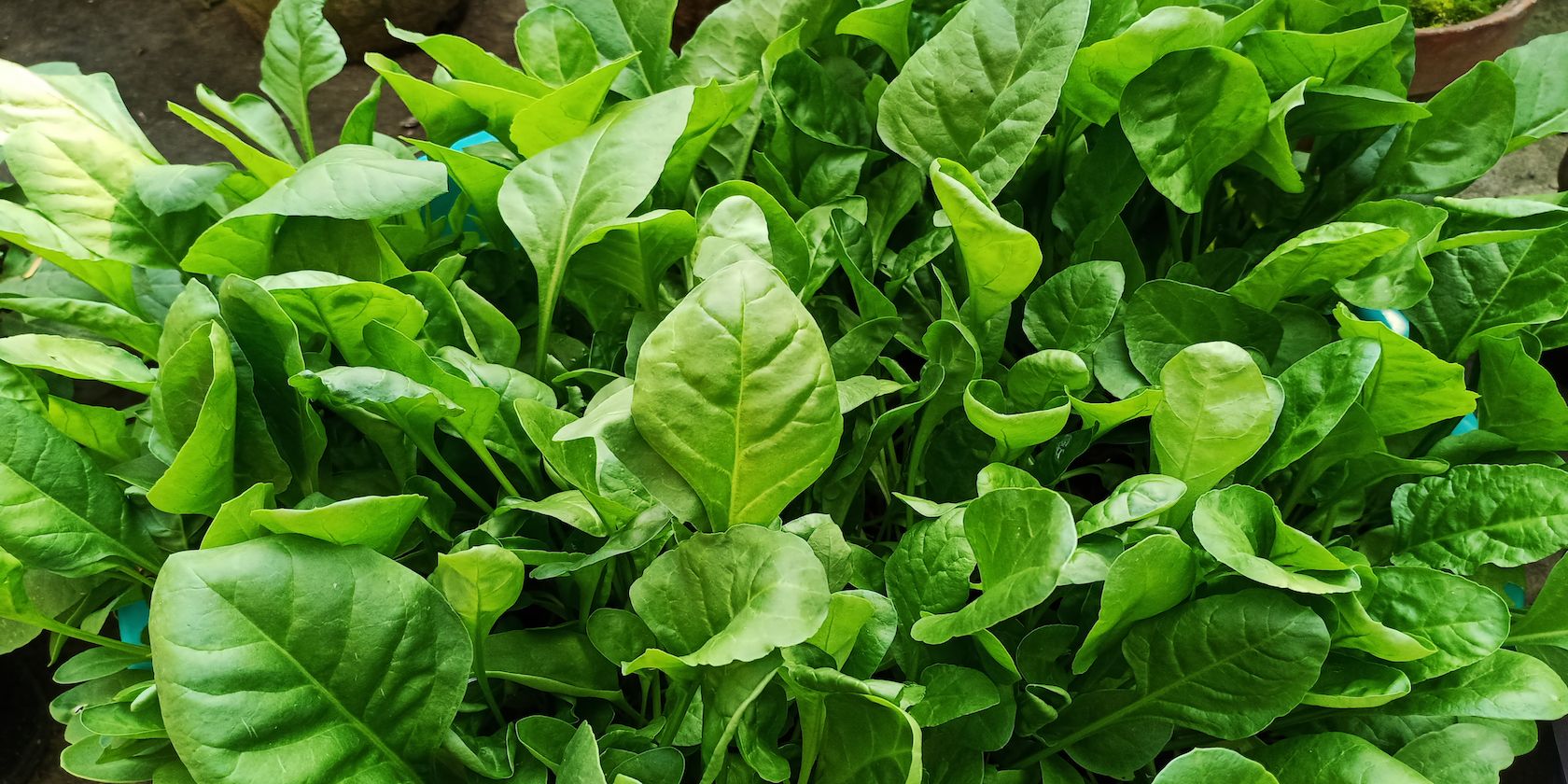In early February 2021, it was widely reported that researchers at MIT had developed a way for spinach, the leafy green plant, to send emails. The idea caught internet users’ imagination worldwide, with many Twitter users reveling in spinach and email-based jokes and memes.
Beyond that, the idea that we may be able to harness natural processes to tell us more about the climate is an interesting one. So, let’s dig into whether spinach really can send you emails.
What Did the Research Find?
Research published in Nature, a scientific journal, in 2016 by scientists at MIT’s Department of Chemical Engineering showed that it was possible to use live spinach plants to communicate environmental data. This experiment used plant nanobionics, a process that embedded a pair of near-infrared fluorescent nanosensors into the plant’s mesophyll. This is the small area between the surfaces of the plant’s leaf where photosynthesis occurs.
These sensors are single-walled carbon nanotubes, also referred to as SWCNTs. They were bound to the peptide Bombolitin II and designed to recognize nitroaromatics, which are compounds commonly found in explosives and other industrial products. This study’s initial purpose was to examine whether we could harness plants to detect explosives and weaponry hidden underground.
Other SWCNTs were used to generate reference signals. Plants take nutrients and water from the ground, eventually transporting them through the stem and into the leaf. As nitroaromatics enter the plant, they arrive in the mesophyll, where the sensors could detect them. They are able to do this through the use of Near-infrared (NIR) fluorescence imaging, a non-invasive process commonly used to visualize deep-tissue structures.
Can Spinach Really Send You Email?
To make the process as user-friendly as possible, the researchers looked at whether they could use everyday electronics like smartphones or a Raspberry Pi to detect the sensors’ infrared signals. They used a Raspberry Pi with a CCD camera module without an infrared filter as part of the experiment. The 5MP camera module was effectively able to monitor the in-plant SWCNTs.
As reported in euronews living, the internet-connected Raspberry Pi was programmed to email regular fluorescence images to the researchers. By testing the feasibility of a low-cost monitor system, they were able to show that a Raspberry Pi-based setup could allow for further automated real-time monitoring of the environment. This is made even more attractive as the in-plant SWCNTs are powered by natural transpiration rather than a dedicated power source.
Despite positive results, the researchers noted that the use of nanobionics, rather than genetic engineering, presents a scalability challenge. The sensors need to be embedded in a live plant manually; a time-consuming process. If a similar method utilized genetic engineering, the plant could be modified in large quantities before it was grown.
As things stand, this is a useful mechanism to have explored, although large-scale applications aren’t likely at this stage. One advantage of the method used in the experiment is that it does not need manual data collection. Instead, information can be transmitted wirelessly to small computers like the Raspberry Pi.
It might still be some way off, but the paper’s authors imagine that one day, it might be possible to use wild plants to gather environmental data across vast areas like cities, high-security sites, and even around your home.
A Plant-Based Future
Although you can’t yet receive emails from live spinach plants, this is still an exciting development. In a continuation of Moore’s Law, computing equipment is rapidly becoming cheaper and smaller and can be used in a broader range of circumstances. Like those used in the study, small sensors represent a more general movement towards a smarter planet.
This combines the connectivity offered by 5G networks with the Internet of Things devices (gadgets and sensors connected to the internet) to monitor the world around us. If researchers continue to experiment with these types of feedback systems, we may better understand our impact on the environment and contribution to climate change.
About The Author

